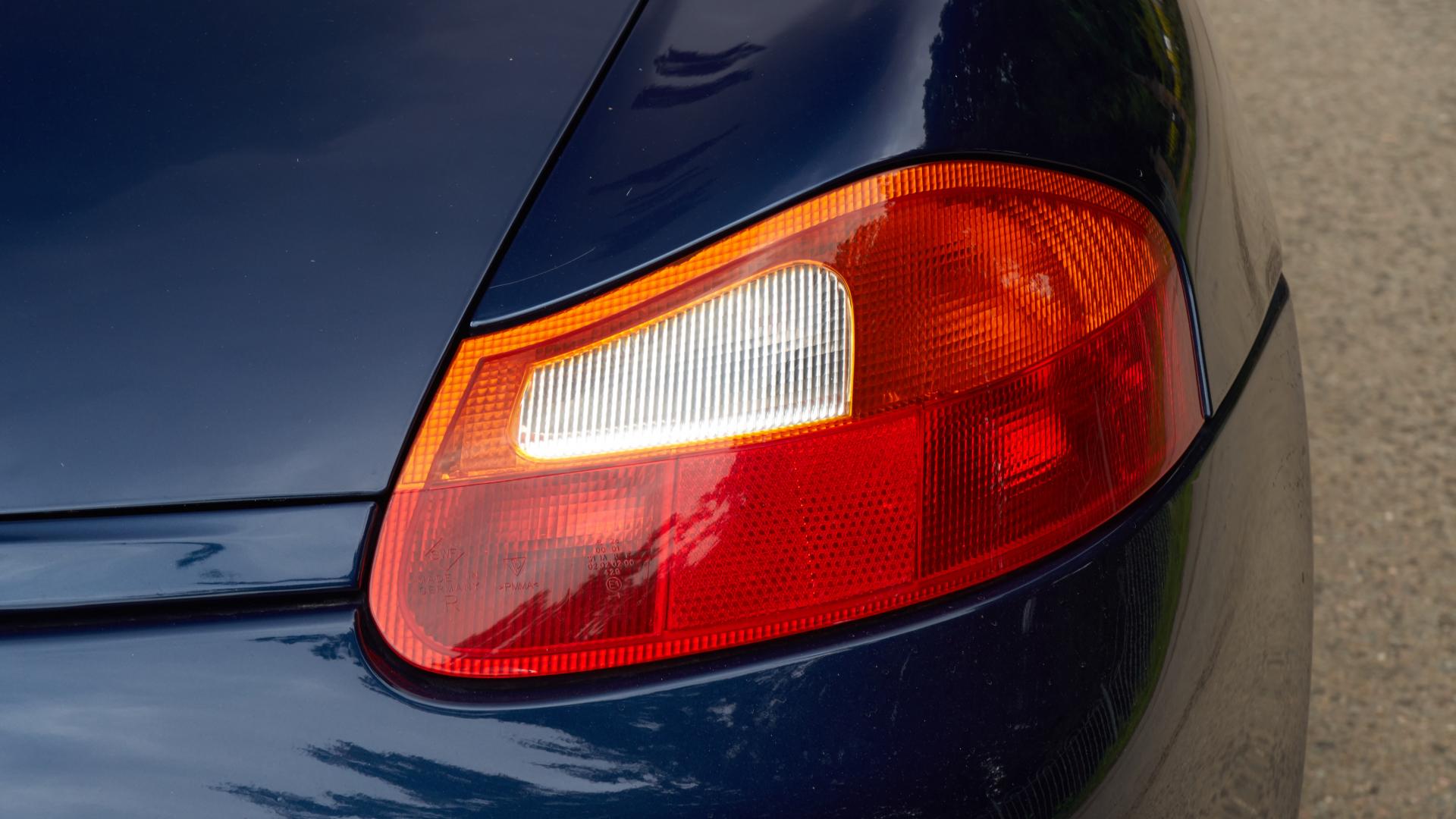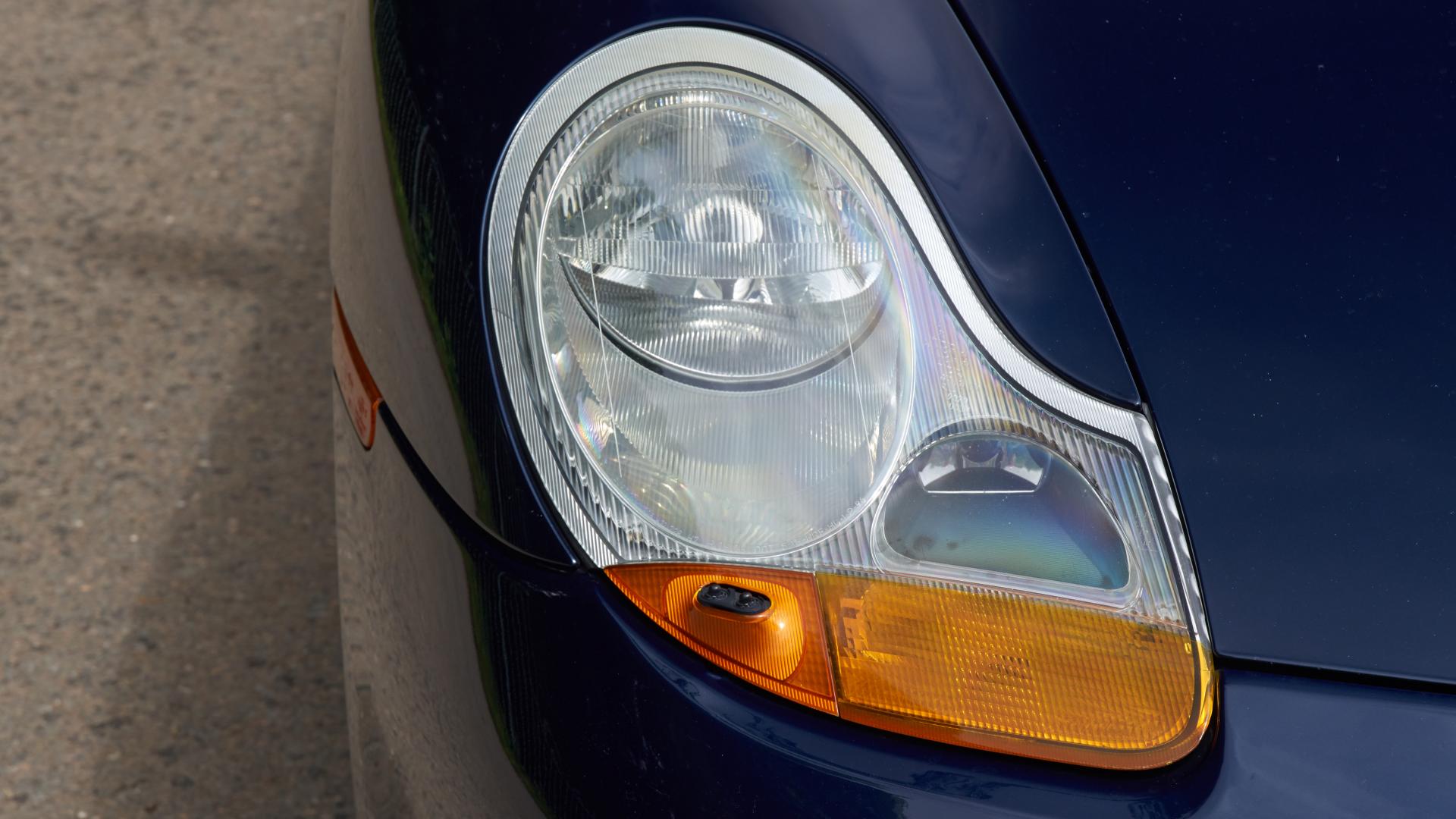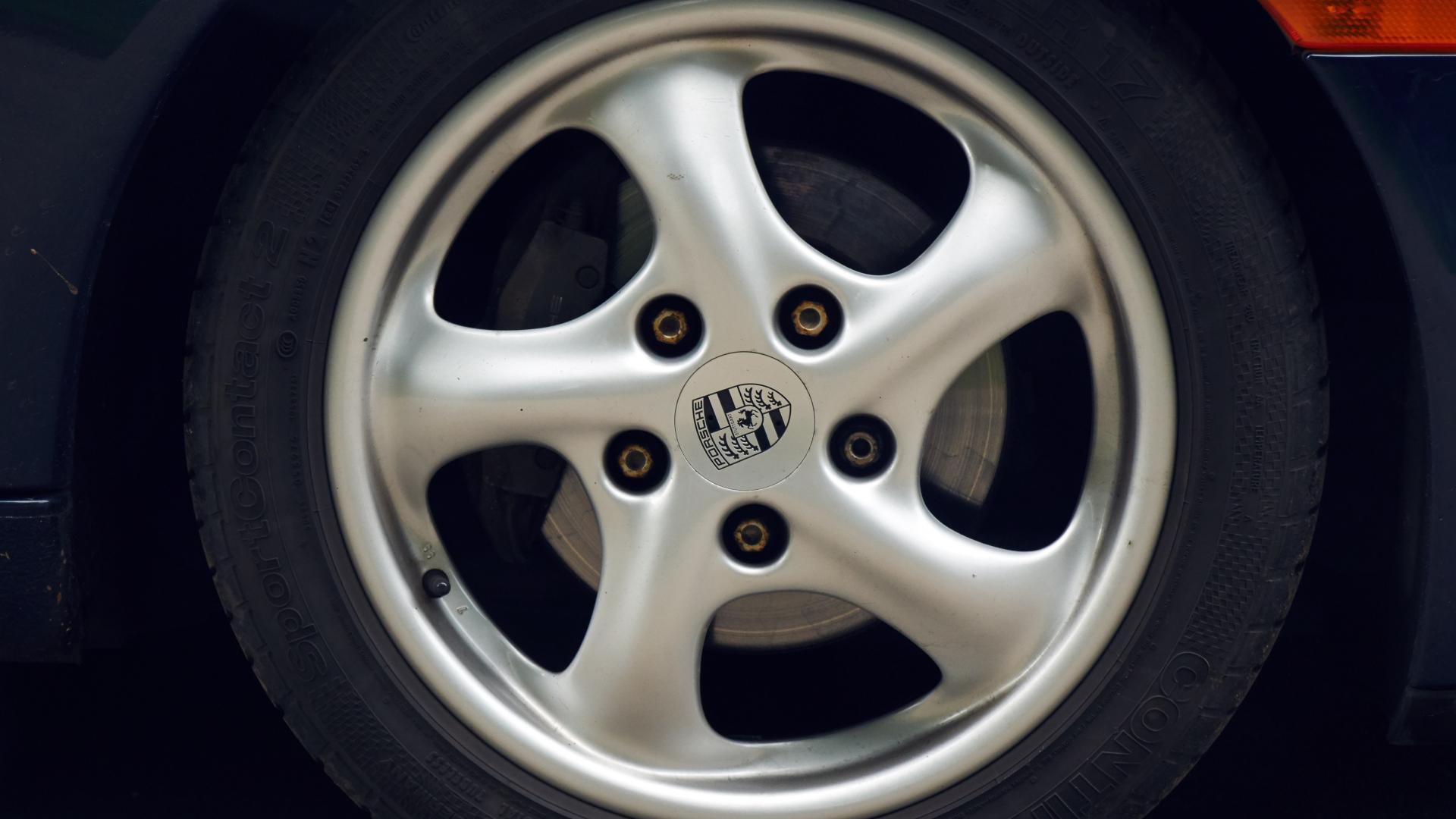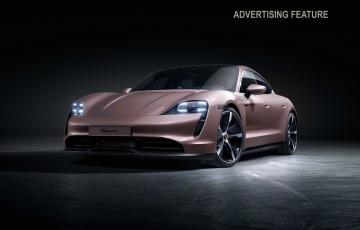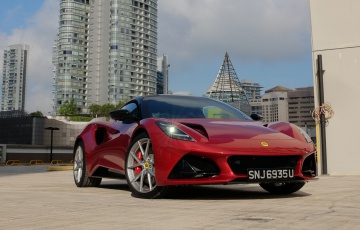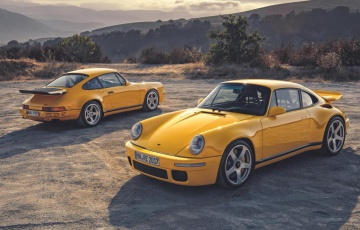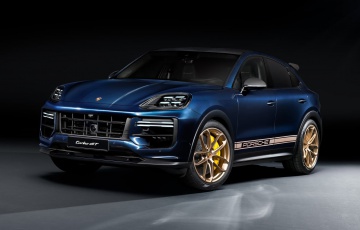TG's Retro Car Review : Porsche Boxster (1996-2004) Type 986
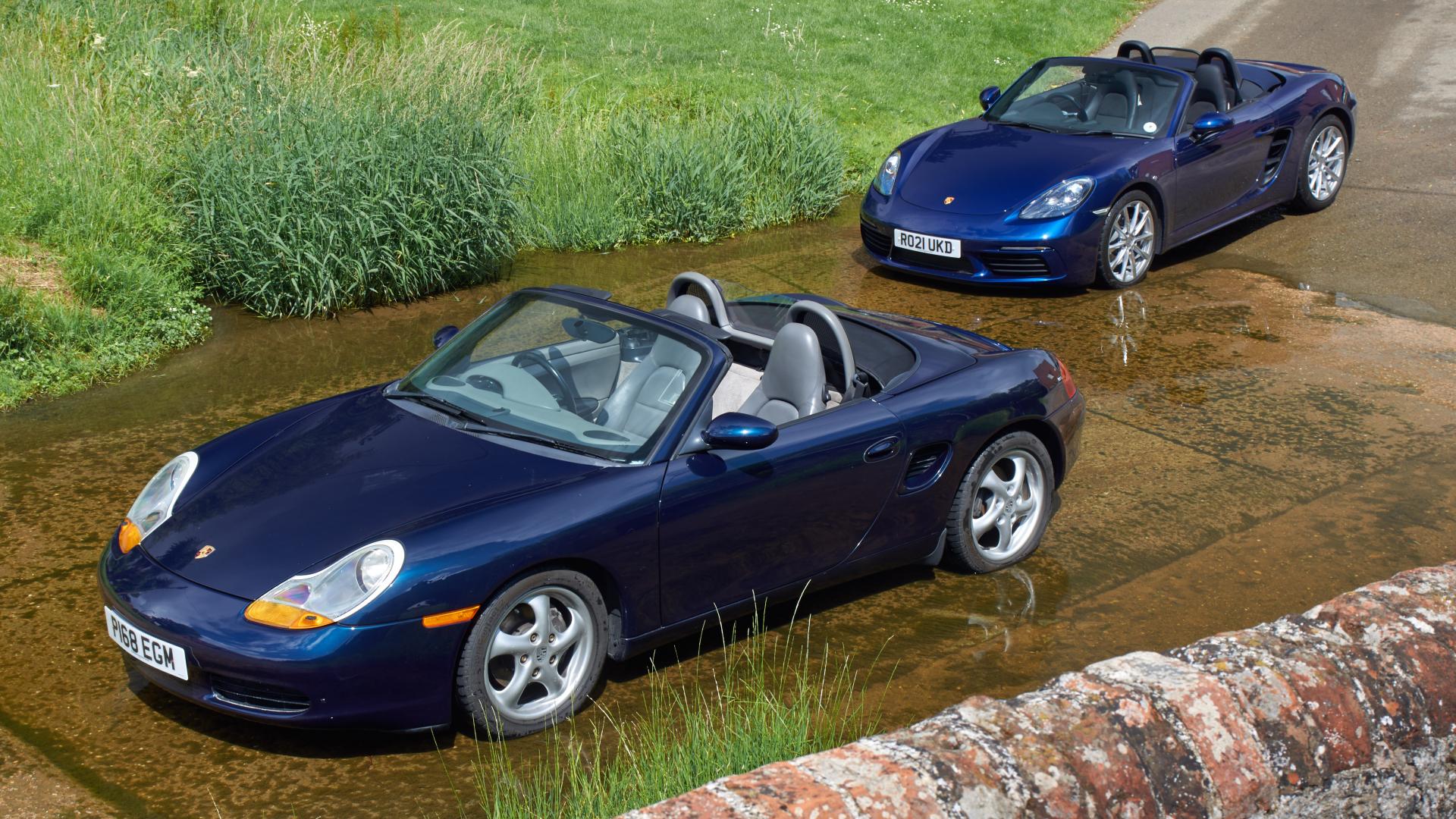
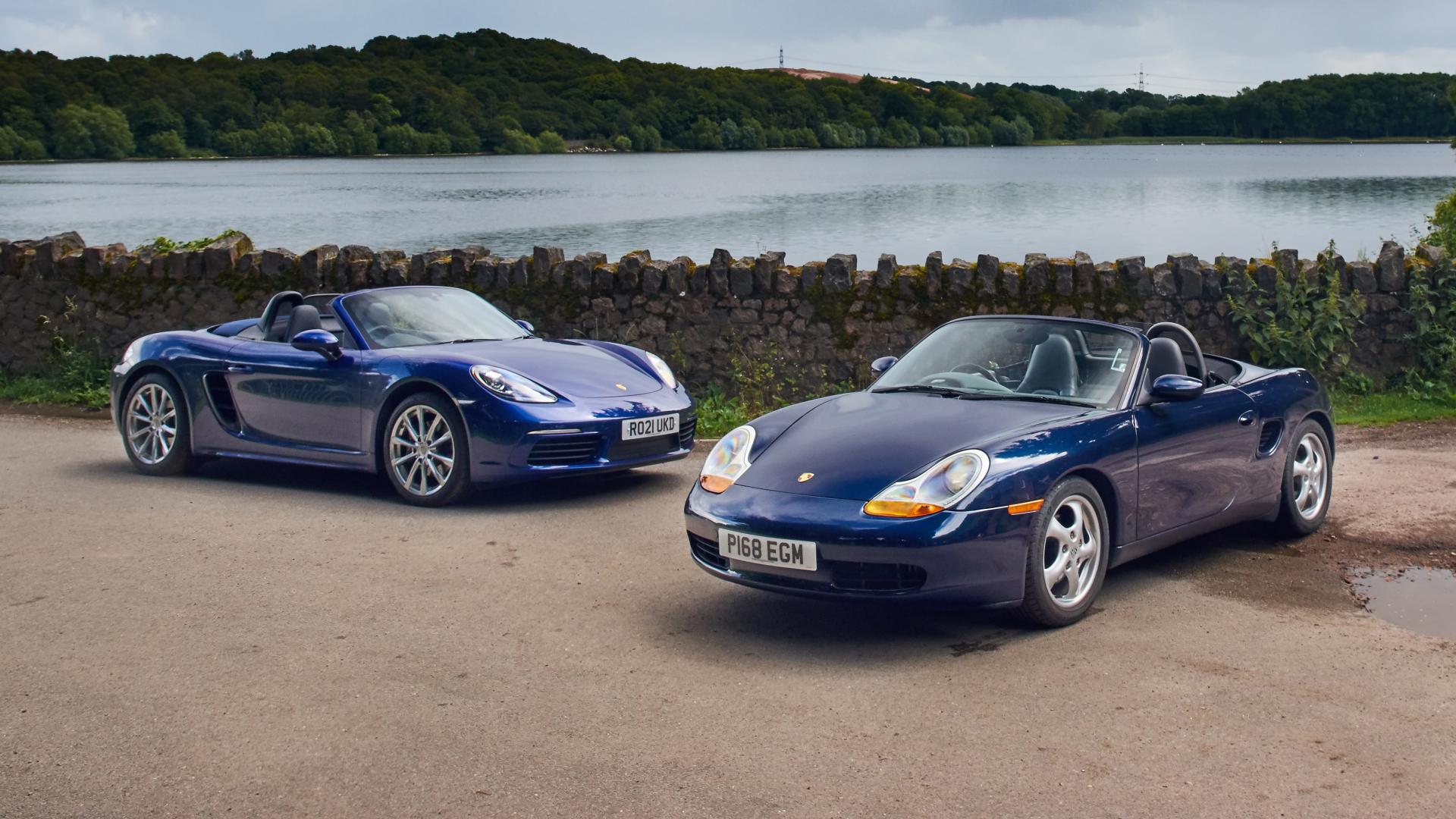
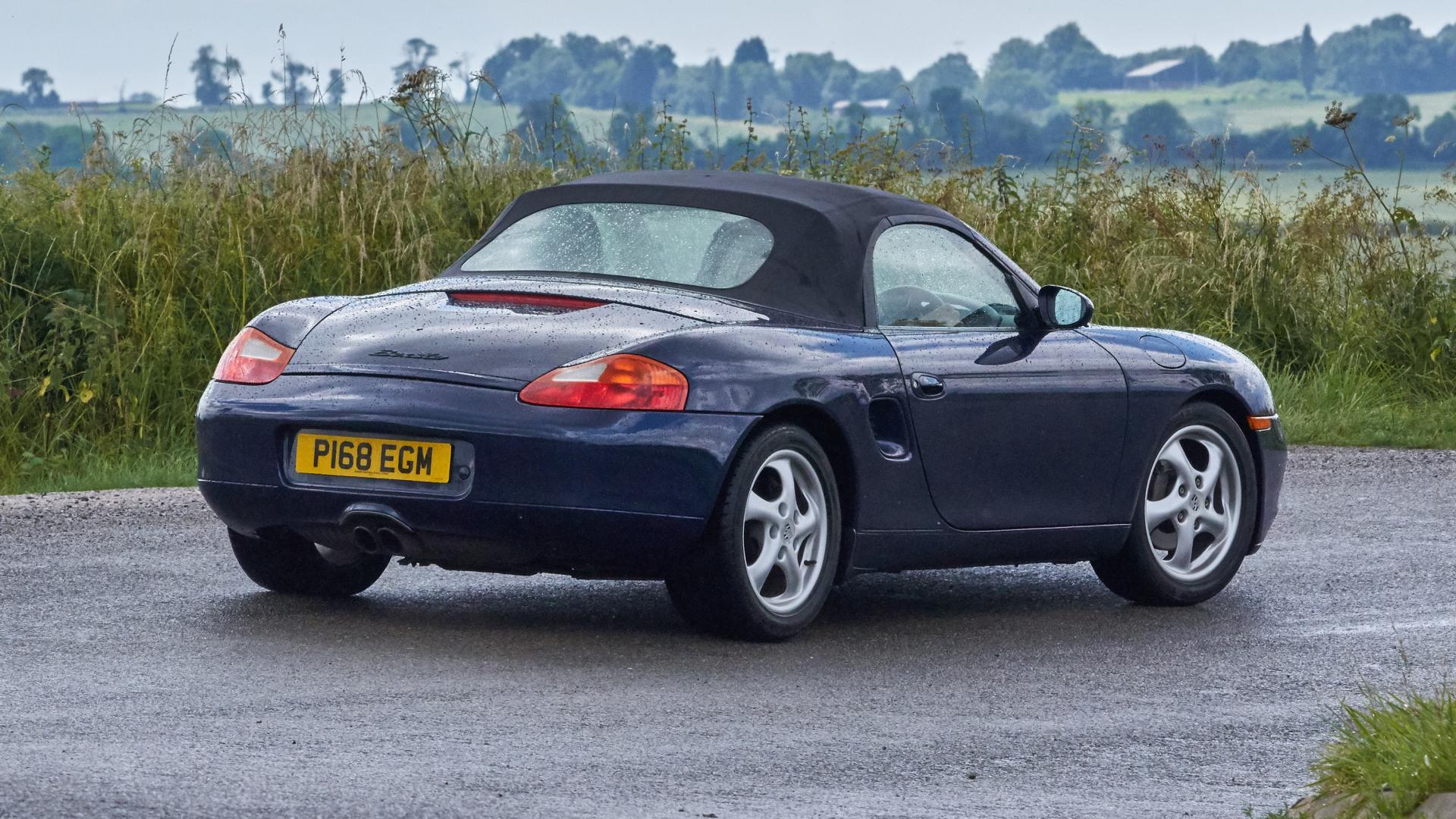
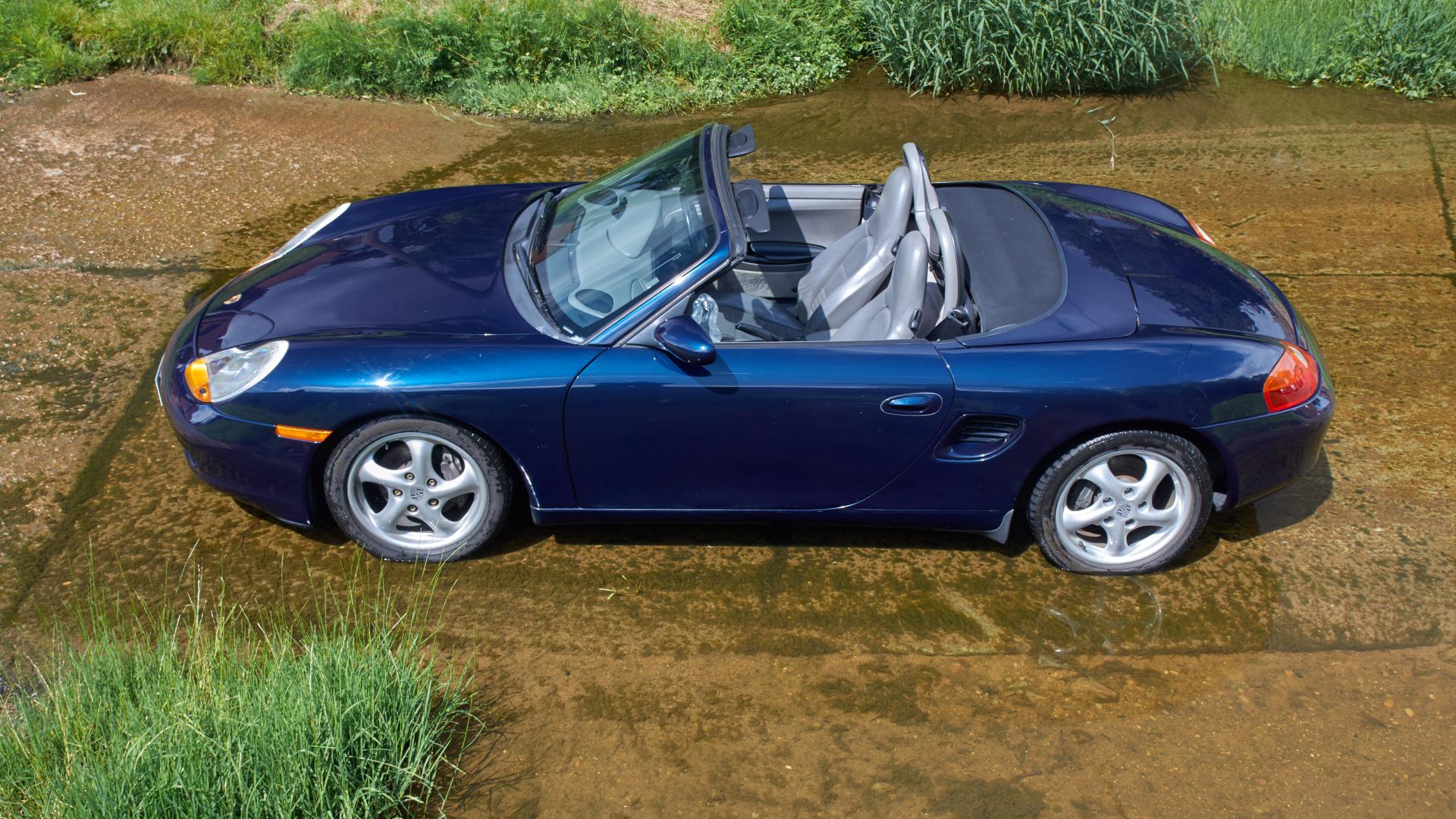
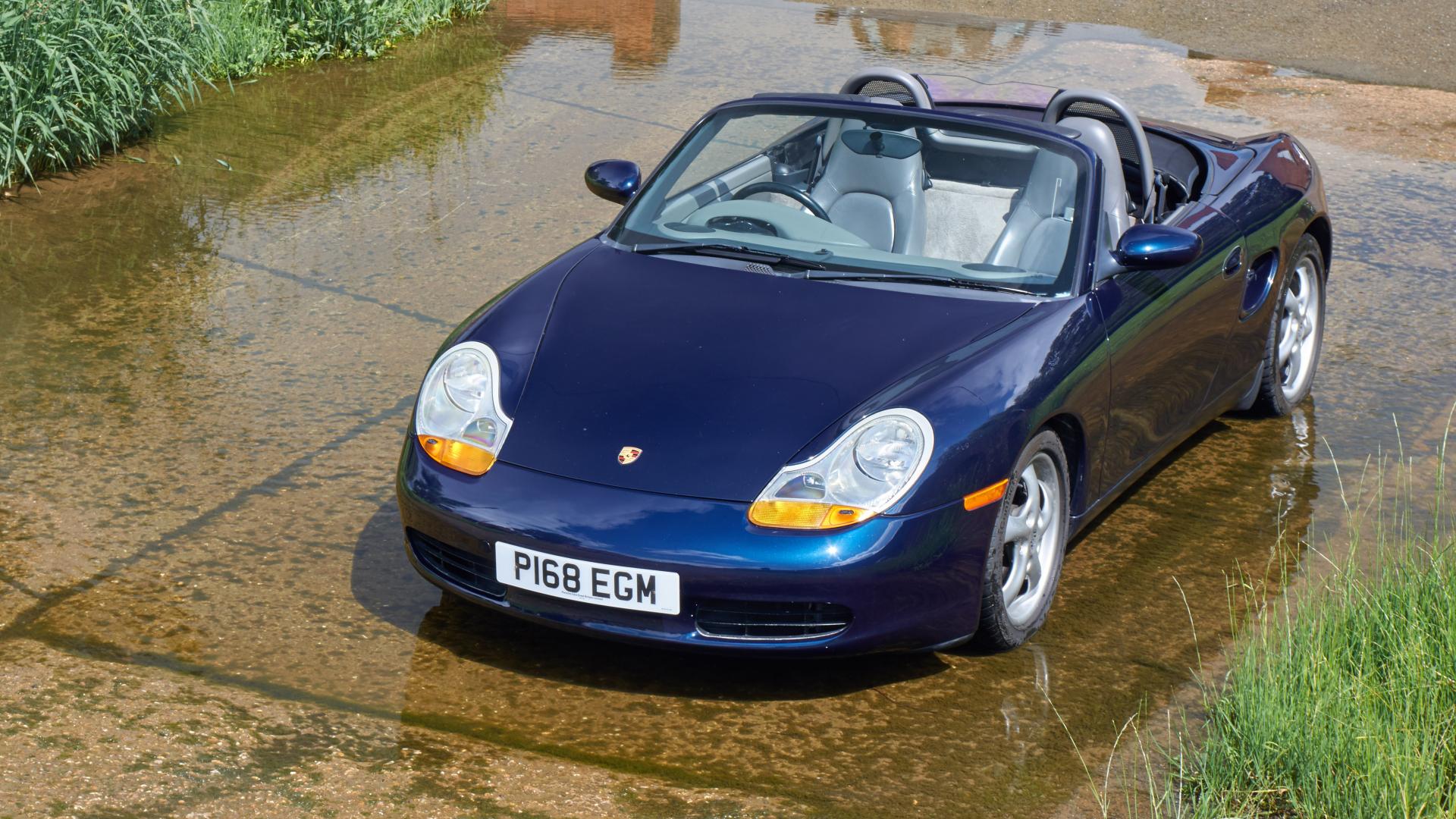
Porsche Boxster (1996-2004) Type 986 : TG's Retro Car Review
WHAT IS IT?
A car that needs no introduction really. But here's one.
It was a two-seat roadster that was sublime to drive without punishing you in the daily grind.
Which, right from its intro in 1996 made it an obvious choice once you'd stepped above an MX-5 in power and price.
As with many Porsches, the Boxster immediately defined its category.
It was pure sportscar, having no parts in common with anyone else's sedan. That's what made it feel so special.
It has dominated the (diminishing) class ever since. Basically, you can buy pretty much any Boxster ever made since then, and still have a car that does the same job in the same way with the same success. The only possible exception is the four-cylinder 718, but we've talked about that elsewhere.
The Boxster was a re-boot for Porsche, which at the time was peering over a cliff-edge. Its range previously consisted of the 911, 968 and 928.
They were expensive to build, partly because the three had nothing in common. And the latter two were losing money.
So Porsche rationalised. Sit in an early Boxster and pretty well everything ahead of your spine is shared with a 911.
Porsche learned that trick from the VW Group: sit in an early TT Roadster and pretty much all the mechanicals were shared with a Skoda hatchback.
WHY DO I WANT ONE?
Central – literally – to the Boxster's appeal is a captivating, purebred six-cylinder engine, all-new for the car. It sits right behind you, where the 911 has its rear seats.
And that mid-engine layout is what makes the Boxster feel very different from a 911. More stable, less challenging.
And all the rest of it is purebred Porsche. Aluminium suspension, strong brakes.
Most of all, its controls have an uncanny precision that really draws you into the machine.
DOES IT LOOK AS GOOD AS IT DRIVES?
Porsche's habit is evolution, rather than discontinuities between generations. It's the same here. If you know the new one, you'll recognise the first one, codenamed 986.
The old one is a bit smaller than now, and its corners and edges are more oval – like a beach pebble, eroded by sand and waves.
A hidden, electrically rising spoiler permits the gently tapering tail.
PORSCHES ARE FAST, EH?
In base form as tested here, it started at 2.5 litres and just 204hp. Only just enough to crack seven seconds 0-100. The torque peak is just 245Nm – there are one-litre Fiestas with almost that figure these days.
Everyone said the wonderful chassis could take more, so in 1999 it soon grew to 2.7 and 220, with an S version to do the heavy lifting with 252hp from 3.2 litres.
By the end of the 986's run, standard and S outputs were up to 228 and 266hp.
It's a 5spd gearbox in the early base car, with other versions getting six.
You could also have a 5spd Tiptronic auto. That's less fun, and dulls the acceleration, but on an old car an auto probably saves the rest of the drivetrain from damage by an owner with a turnip for a clutch foot.
WHAT'S THE VERDICT?
Driving a Boxster isn't a 'giggle', like with some other sportscars of moderate power. It's a more serious kind of joy.
It engages all your senses, allots your every tiny input a commensurate output. It's not going to awe you or overpower you. It simply works with you in a deeply satisfying way.
And yet amid all the talk of the driving, don't forget it's also refined, robust, comfortable and practical.
It was a riotous success, a third of a million and counting. So there's a huge selection of used ones to choose from.
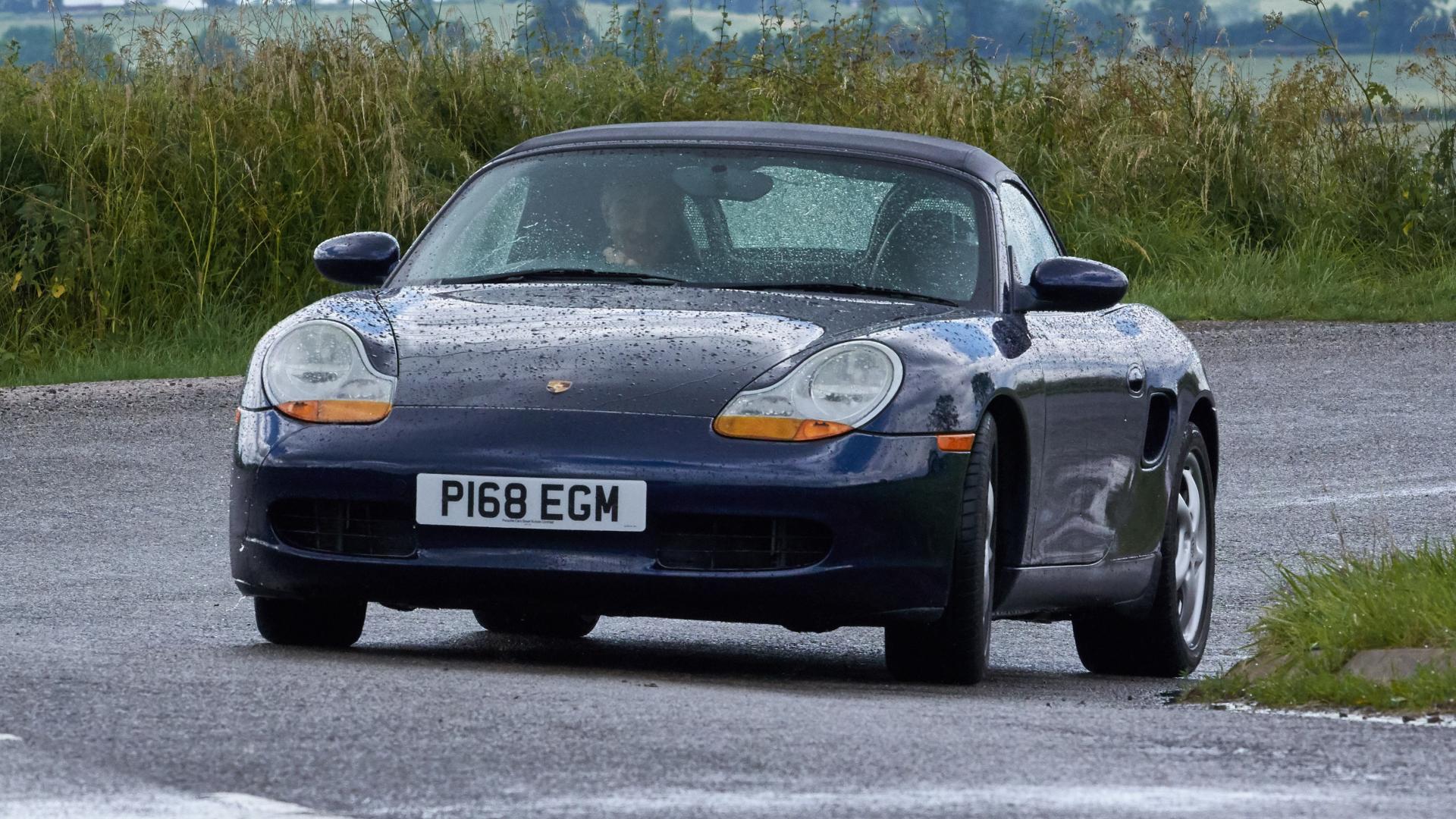
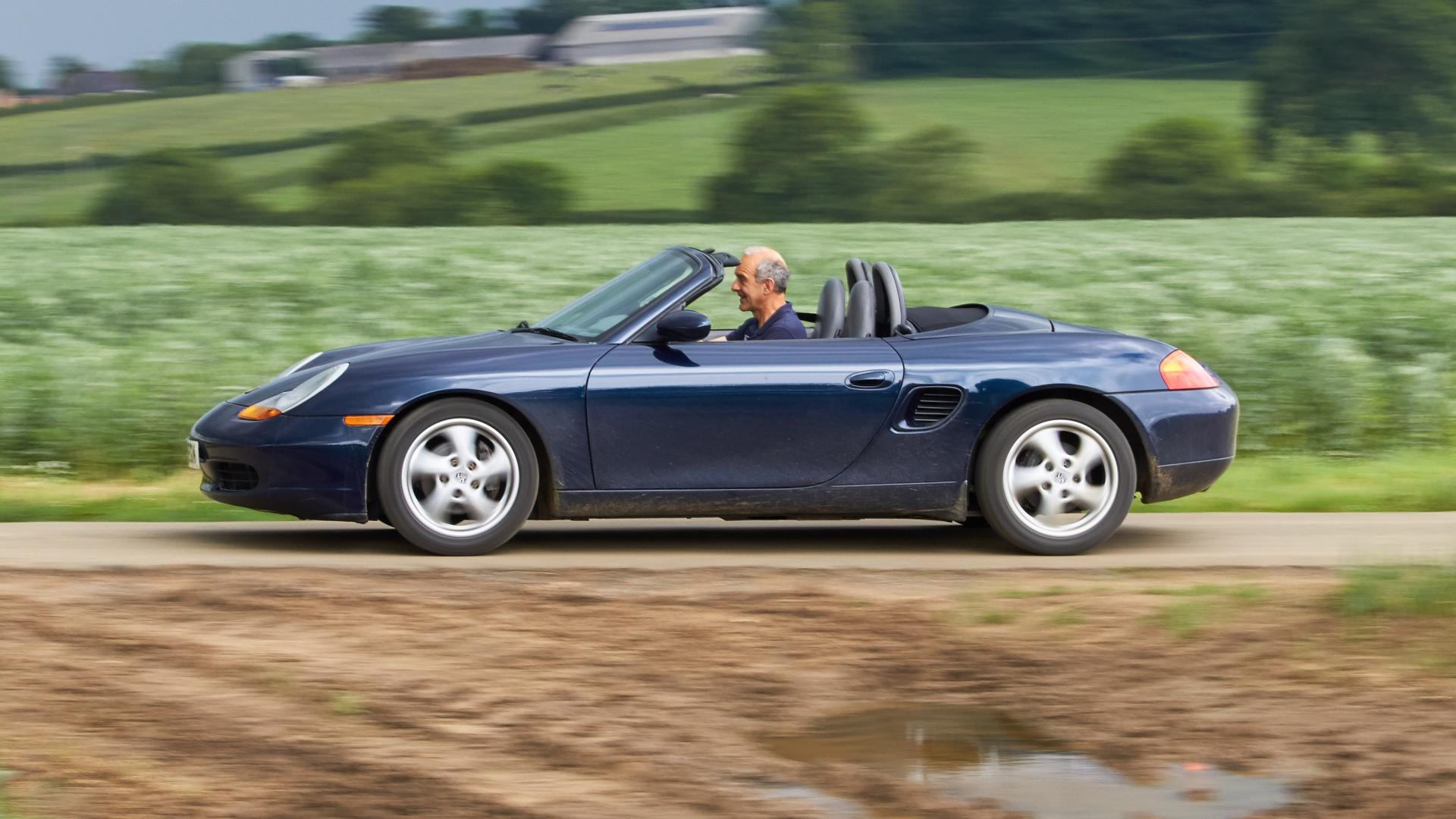
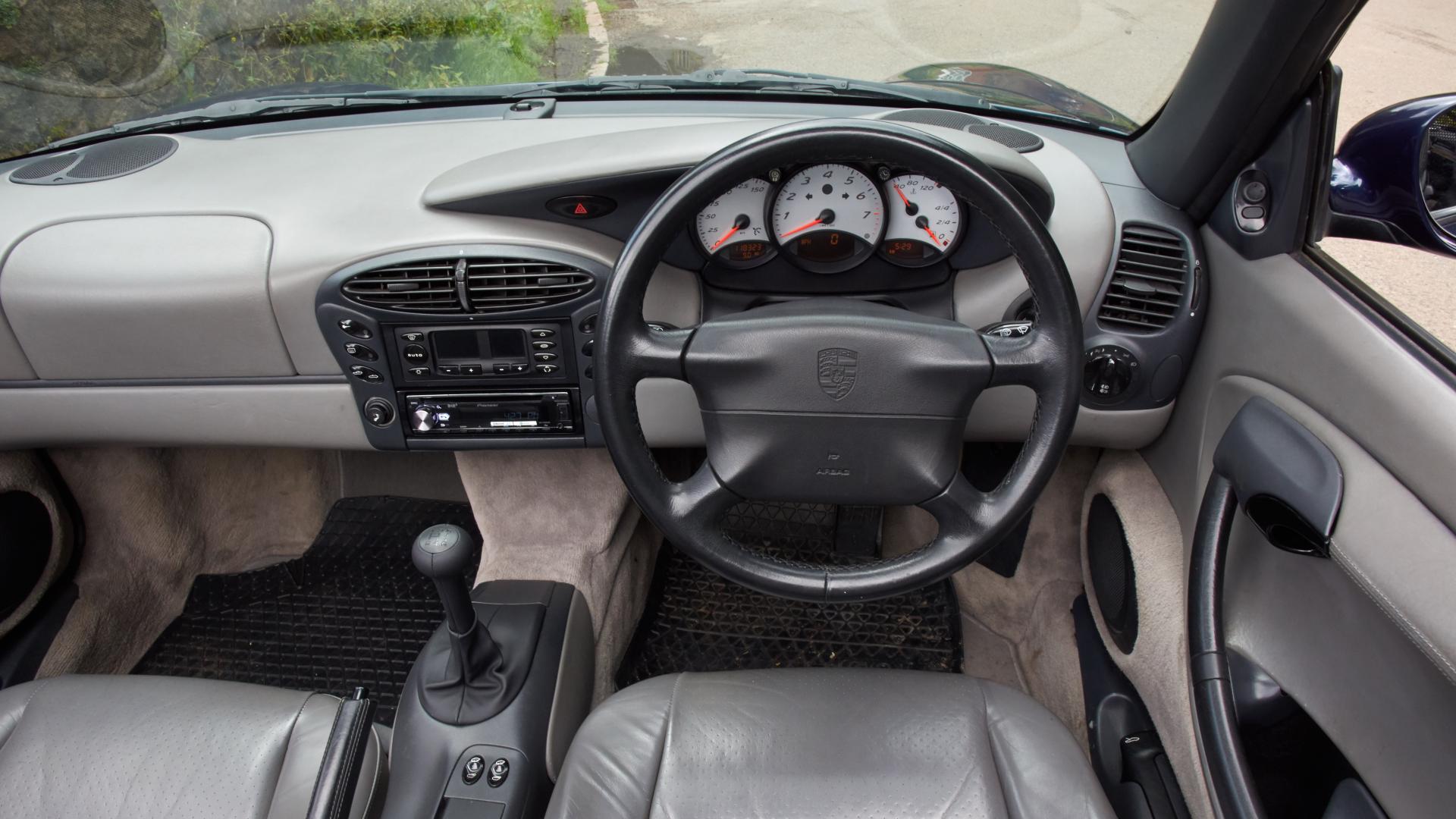
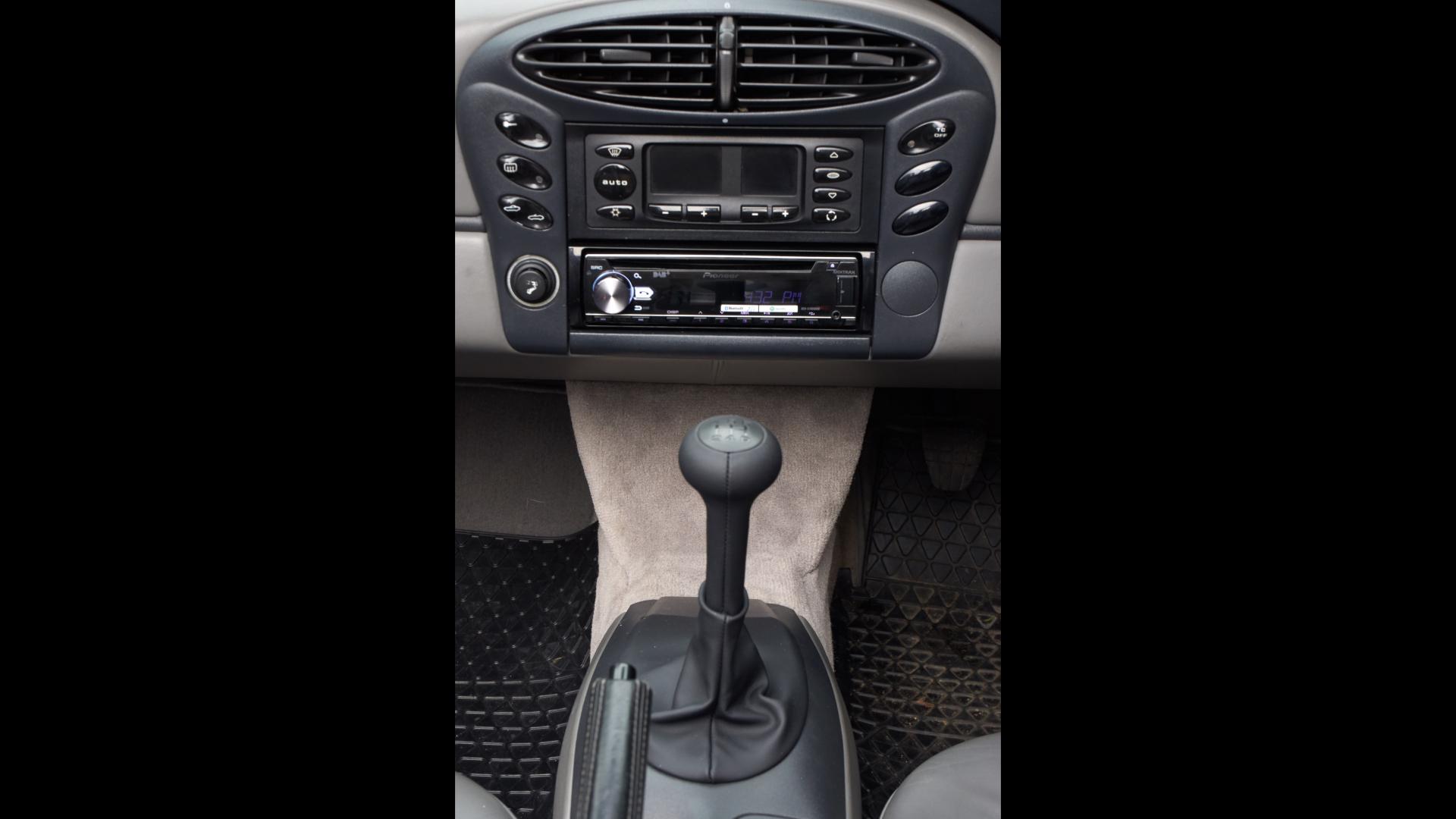
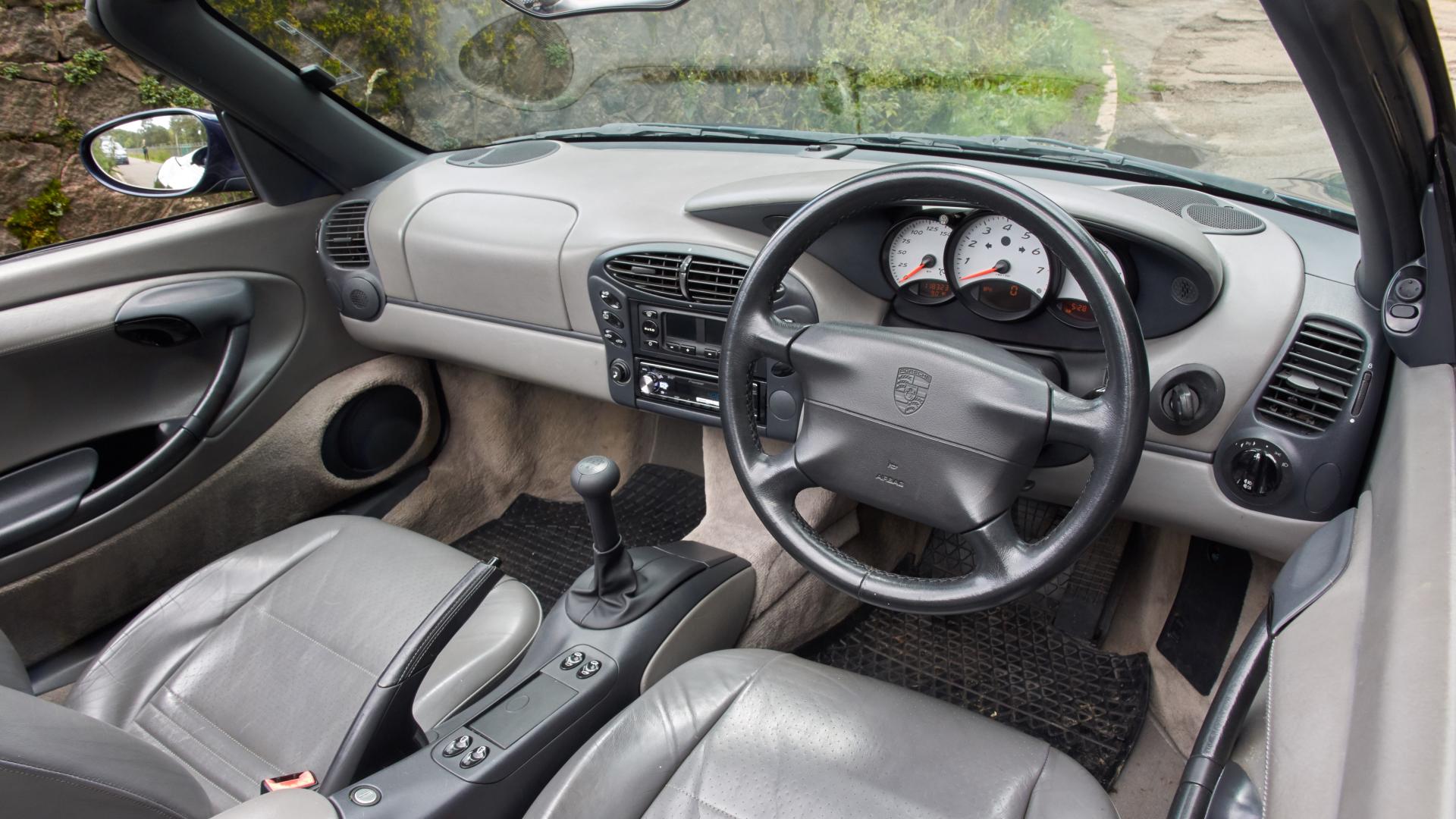
WHAT IS IT LIKE TO DRIVE?
At the start of the Boxster's life, it wasn't really about how fast it went, but how sweetly.
So if the on-paper performance doesn't whelm you, think about its nature.
While the little six is just mooching, you can barely discern the separate pistons. It's like a turbine.
Give it some proper work to do, as you must, getting the rev needle deep into the fours and five and the engine comes alive, doing that charismatic breathy howl.
Throttle response is mustard-keen, the pedal scalpel-accurate. Towards the red line the noise eases a little softer before a final crescendo again.
Time your gearshifts carefully or you'll be out of the powerband. Not just because it's narrow, but because some of the ratio gaps in the five-speed box are pretty wide.
The precision the throttle finds is matched in the clutch, brakes and steering. A gorgeous four-part harmony.
The steering's wonderful. A lost art – this hydraulically assisted system is nicer than the electric setup on new Boxsters.
It chatters with every nuance of road surface and tyre force. That makes you feel confident in it, and part of the car.
You'll be nudging into mild understeer most of the time, so the steering lets you know when the end of grip is close.
In the dry, you can neutralise it, but no more than that, with throttle. A wet road lets you nudge the tail out.
Softish springs and gentle dampers are just enough to caress away excess motions while keeping you comfortable.
The midship engine mass means it's much less pitch-prone on a B-road than a 911, so you can get on with the job of guiding the Boxster neatly along.
WHAT IS IT LIKE ON THE INSIDE?
Fits the job description: two-seat roadster. The seats tread the right line between sport and comfort, and you can get the driving position nailed on. The roof is snug when it's above your head, and drops in 12 seconds via electricity.
That's another advantage of the flat-six: it sits low, so the roof lies neatly on top. There's a neat little wind-blocker so speedy roof-down cruising is very much on.
The dash comes from the 996-series 911. It's a bit dated now: all those ovals. The suspended cowl over the dials is a nice touch.
Bits of the cabin don't quite have the usual rock-of-ages Porsche build quality – especially the flimsy-feeling vents and stalks. The next generation 987 was a huge improvement there.
This car has a later-replacement set of white dials, bringing a much-needed visual twist. They were black when new.
YOU SAID IT'S PRACTICAL?
There's not a lot of in-cabin storage. No glovebox for a start, and this was the era when Europeans thought cupholders were blasphemous American decadence. Cars were for driving. Coffee was for coffee-houses.
Storage, in the Boxster, means in the boot. Or rather boots. There's 130 litres under the front bonnet. And another 130 litres in the tail.
WHAT SHOULD I LOOK OUT FOR?
Plenty of reputable Porsche specialists will check over a possible purchase for you. Then look after it. Maintenance isn't frequent, but must be done.
The frailties of old Boxsters are well-documented, so do your homework.
The sills can rust. Hood drain holes might block, capturing water behind the seats, rusting the floor and fritzing crucial and expensive immobiliser electrics under the passenger seat.
Check the windows drop and raise properly when the door opens. Hoods are tough, though early ones have a replaceable plastic window that fogs. Later it was glazed. The cabin trim is pretty tough. Just check for water.
The famous and critical engine issue is the bearing of the intermediate shaft that drives the cam chains.
If it's weak, you'll hear a rattle at the back of the engine. It should be replaced when the clutch is changed at 95k km. The gearboxes cause few problems except sloppy cables.
The suspension should feel wonderful. Any slop or knocks mean you'll want new bushes and maybe wishbones and even dampers.
Check the air-con radiators, sitting unprotected behind the front bumper. Watch the exhaust system; he says, "Aftermarket are noisy. Original are expensive."
